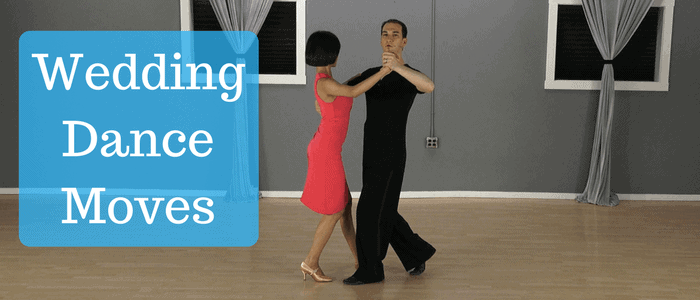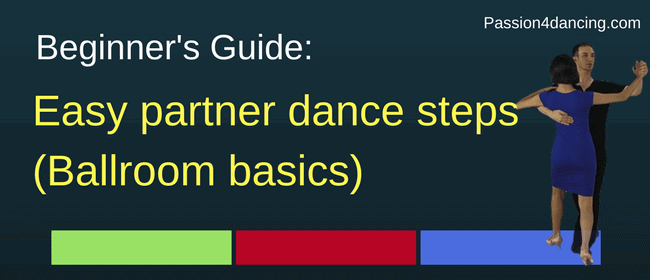

Now switch feet and do the same thing, rocking your weight from one ball to the next.


As you do so, your left foot should completely leave the floor for a moment. Next, place your right foot behind you, and rock back onto the ball of it. Now lift your heels, so that only your the balls of your feet are in contact with the floor. First, stand with your feet side by side but not touching. In order to pull it off perfectly, make sure that only your toe tap–the smallest of your shoe’s metal plates–makes any noise. In tap, there are several different ways to shift your weight from one foot to the other, but the ball change is by far the most common. This is simply the same movement in reverse swing your foot backwards instead of forwards. Don’t let your heel touch the floor at all. As it passes your standing foot, point it slightly so the ball quickly brushes against the floor.

Now, perform a brush by swinging the foot forward. Turn both feet out, without letting the raised foot touch the ground. Stand on one leg and bend the other, lifting your foot off the ground. It’s a combination of two moves that are even more basic: the brush and the strike. The shuffle is one of the first tap dance steps you should learn. Sometimes the sound effects are even more impressive when done well, tap dance is a musical art form that creates its own rhythm.ĭo you want to train your own feet to create this unique mixture of motion and music? The following four tap dance steps are simple but essential elements of all tap choreography. If you’ve ever watched an experienced dancer perform a tap routine, you probably watched in disbelief as their feet turned into a blur of movement that seemed to move independently from the rest of their body. Good dancers can make even the most complicated, strenuous techniques look effortless and fluid.


 0 kommentar(er)
0 kommentar(er)
